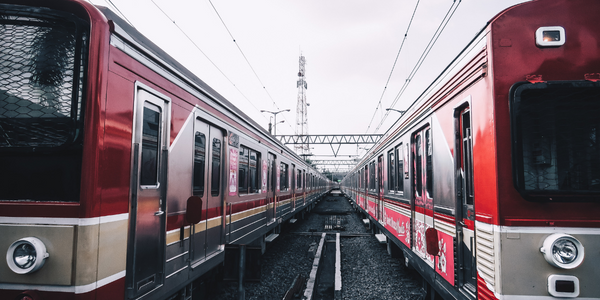地区
- Europe
国家
- Ireland
产品
- Wialon
技术栈
- DCT trackers
- Technoton fuel level sensors
实施规模
- Enterprise-wide Deployment
影响指标
- Cost Savings
- Productivity Improvements
技术
- 平台即服务 (PaaS) - 连接平台
适用行业
- 铁路与地铁
适用功能
- 物流运输
用例
- 车队管理
- 远程资产管理
服务
- 系统集成
关于客户
The customer in this case study is Irish Rail, a railway transportation company based in Ireland. The company was facing challenges in optimizing the process of train maintenance and operation, as well as saving fuel costs. The company was unable to monitor fuel levels due to the breakdown of factory-installed fuel level sensors, leading to the risk of engine cutoff. This also meant that trains had to be filled up every time they arrived at a depot, resulting in a 1.5-hour time loss per train. Additionally, train idling was causing fuel losses as drivers would not stop the engine after the end of their shift to avoid spending time warming it up at the start of the next shift. The company also wanted to remotely control the trains to monitor unforeseen stops and other force majeure events.
挑战
Irish Rail was facing several challenges related to train maintenance and operation. The company was unable to monitor fuel levels due to the breakdown of factory-installed fuel level sensors, leading to the risk of engine cutoff. This also meant that trains had to be filled up every time they arrived at a depot, resulting in a 1.5-hour time loss per train. Additionally, train idling was causing fuel losses as drivers would not stop the engine after the end of their shift to avoid spending time warming it up at the start of the next shift. The company also wanted to remotely control the trains to monitor unforeseen stops and other force majeure events.
解决方案
GMT Connect, a partner of Irish Rail, offered a comprehensive solution to address these challenges. The solution consisted of Wialon, DCT trackers (Digital Communication Technologies), and Technoton fuel level sensors. Wialon is a multifunctional fleet management system, also used for mobile and stationary assets tracking. DCT trackers and Technoton fuel level sensors were used to monitor fuel levels and reduce idling time. This solution allowed Irish Rail to control the trains remotely, ensuring the monitoring of unforeseen stops and other force majeure events.
运营影响
数量效益

Case Study missing?
Start adding your own!
Register with your work email and create a new case study profile for your business.
相关案例.
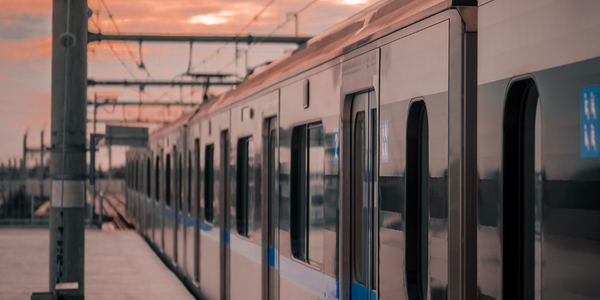
Case Study
Building Smart IoT-Connected Railways
• Difficult environment. Communications equipment on trains must function properly in harsh conditions, such as environment temperatures ranging from -25°C to +85°C, according to the EU standard EN50155.• Railway regulations. All products in a train must adhere to strict standards, relating to working vibration, power consumption, and lifetime.• Lengthy process. Time to market in the railway industry can take years from concept to mass production, so product design requires a solid long term vision.
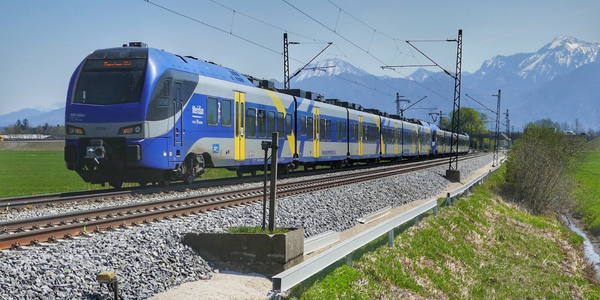
Case Study
Connected Transportation: A Smarter Brain for Your Train with Intel
A modern locomotive, for example, has as many as 200 sensors generating more than a billion data points per second. Vibration sensors surround critical components, video cameras scan the track and cab, while other sensors monitor RPM, power, temperature, the fuel mix, exhaust characteristics, and more.Most of today’s locomotives lack sufficient on-board processing power to make full use of all this data. To make matters worse, the data from different subsystems, such as the brakes, fuel system, and engine, remain separate, stored in isolated “boxes” that prevent unified analysis. The data is available, but the technology needed to process it in the most effective manner is not. As new sensors are added to the machine, the problem escalates.
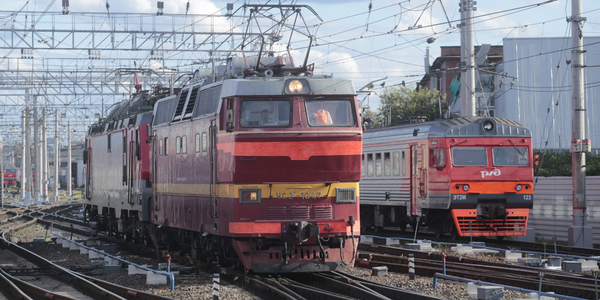
Case Study
Using LonWorks to Keep Acela Trains Zip Along
Canadian transportation company, Bombardier was tasked with building a bullet train system on rails that were designed for lower speed trains. In addition, they had to ensure safe and optimal operation at high speeds, maximize train uptime and enhance communication with passengers.
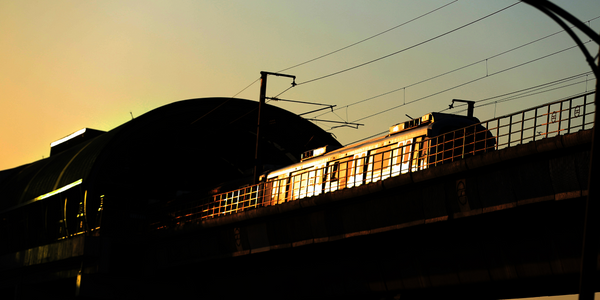
Case Study
Delhi NCR Metro: A Mobile App Revolutionizing Public Transportation
The Delhi NCR Metro, a major public transportation system in India, was facing a challenge in providing accurate and comprehensive information to its daily commuters and tourists. The lack of a centralized platform for information about metro station details, train schedules, fare details, parking, elevators, and tourist locations was causing inconvenience to the users. The challenge was to develop a mobile app that could provide all this information accurately and conveniently. The app needed to be equipped with GPS services to help users find the nearest metro and renowned locations. An interactive map was also required to assist travelers who were familiar with the metro lines. The goal was to provide maximum information with minimum input.
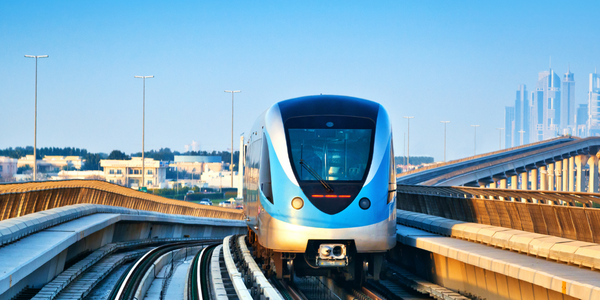
Case Study
Automated Railcar Inspections Increase Security and Revenue
Providing industry and government customers with intelligent inspection, automation, safety, and security solutions, Duos Technologies Group, Inc. (“Duos” or the “Company” - Nasdaq: DUOT) continually pushes the boundaries of IT. To keep pace with expanding AI-enabled data capture analytics for its edge railcar inspections, the company chose the latest Dell EMC PowerEdge servers.Duos Technologies’ challenge was finding a way to leverage technology as a force multiplier to meet customer requirements for a better, faster inspection process for trains running at full speed. Duos developed innovative data analytic solutions with AI at the edge to conduct more reliable railcar inspections, which are available 24/7/365 in all climates and conditions.



